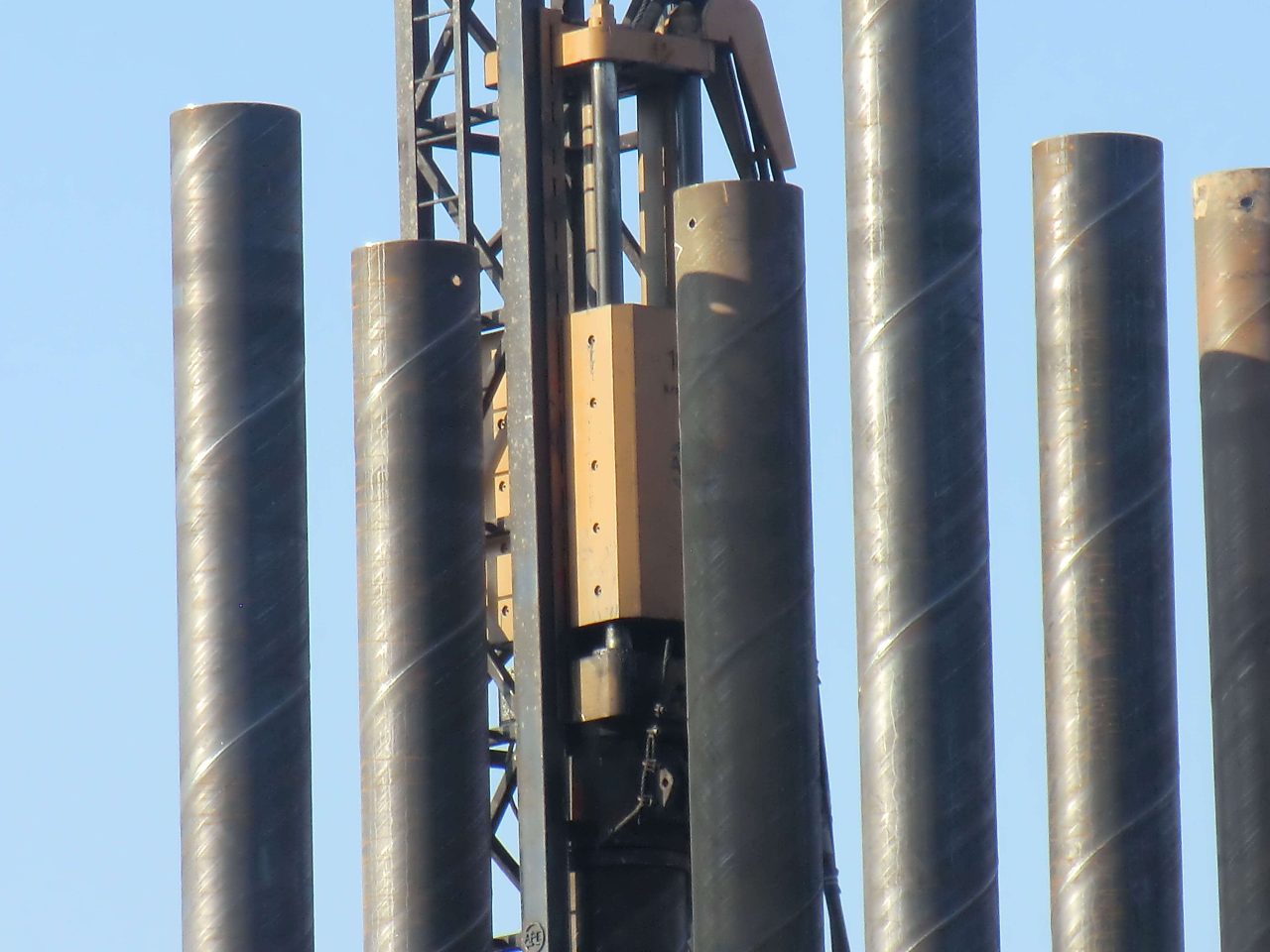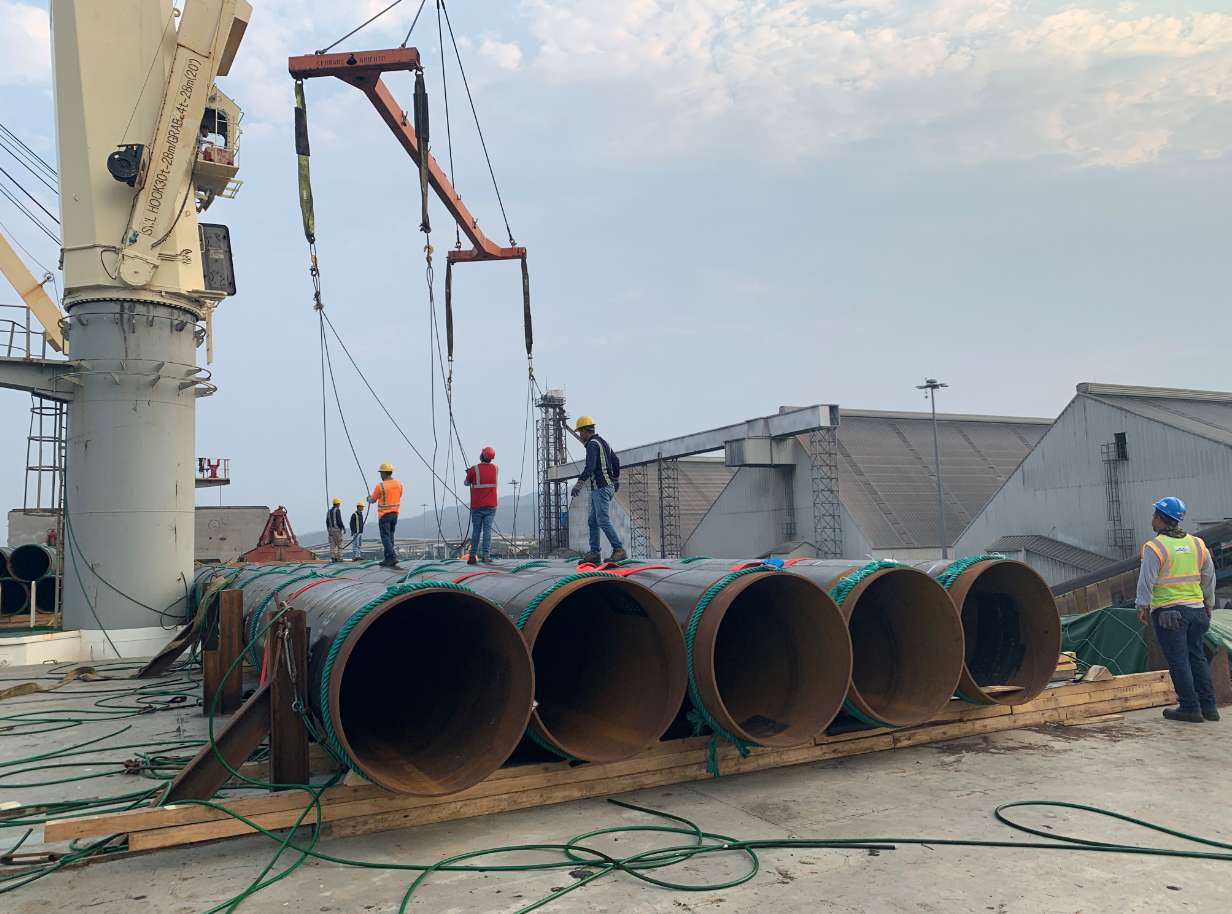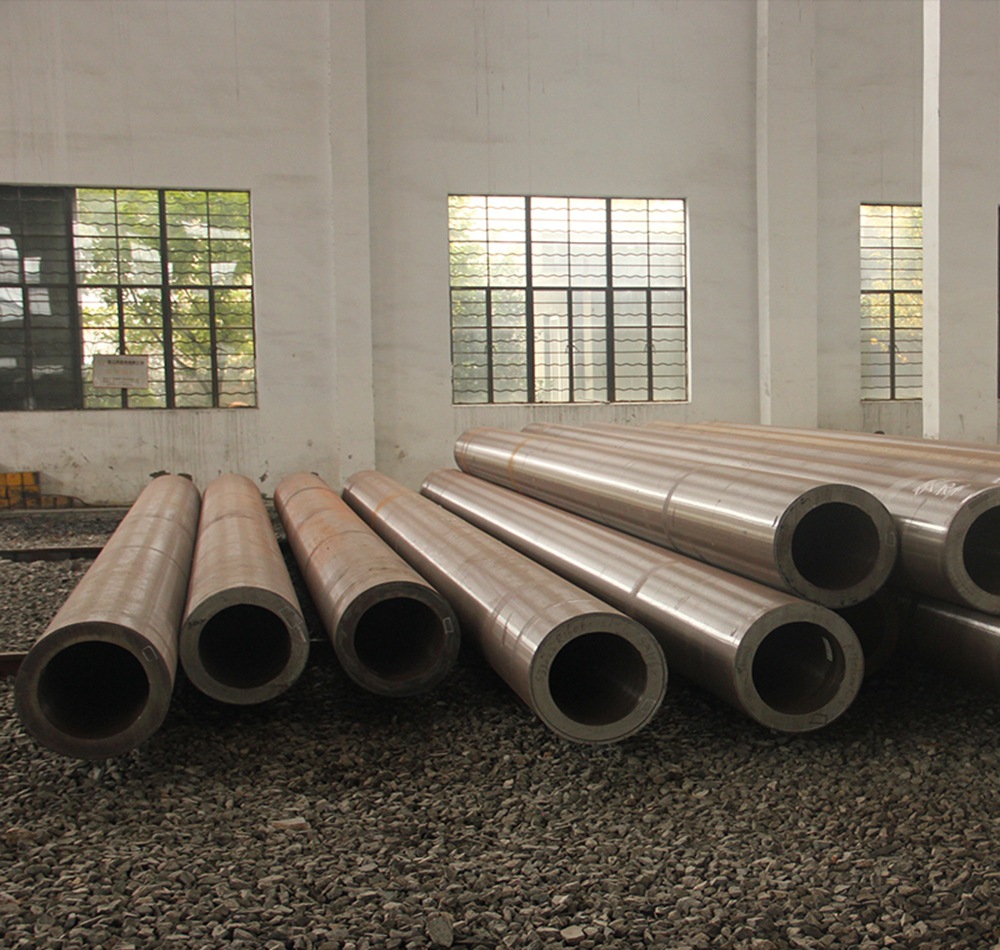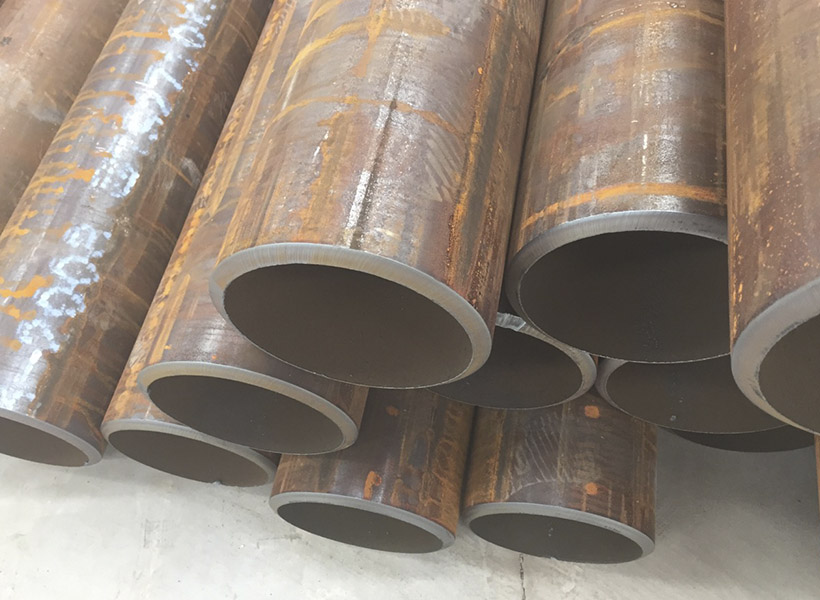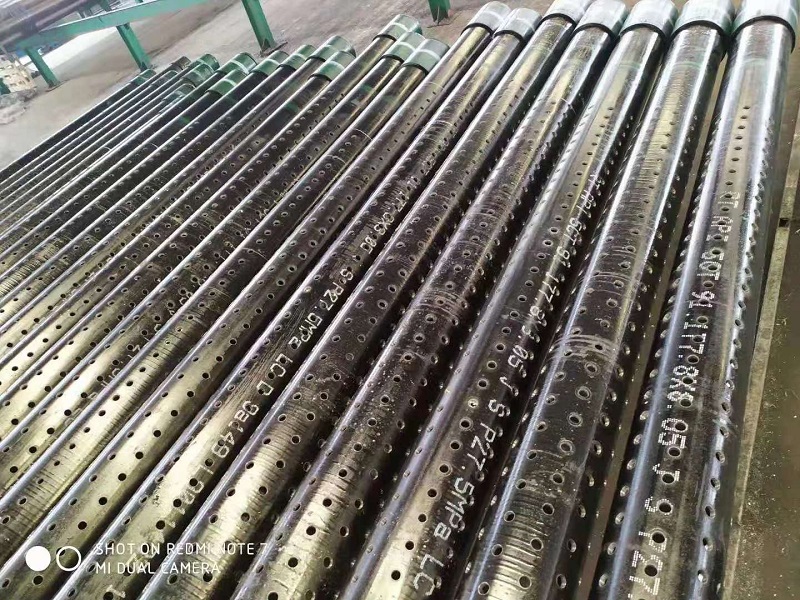Introduction
As a major component of offshore structures such as oil rigs, bridges and wind farms, steel pipe piles play a critical structural role by transferring loads from superstructures directly into soils or bedrock foundations. However, pipes buried in corrosive marine environments are prone to deterioration that can compromise load bearing capacity and structural integrity if left unassessed over time. Traditional manual inspection methods are laborious and suffer from subjective biases, necessitating modernized techniques to reliably detect and quantify corrosion damages. This report explores the utility of computer vision and machine learning methods for intelligent, automated analysis of corrosion features on steel pipe piles in marine environments.
Computer Vision Overview
Computer vision represents the science of capturing, processing and analyzing visual data to derive meaningful information or make decisions. The fundamental tasks involve image acquisition and pre-processing, feature extraction, and applying machine learning algorithms to recognize patterns or objects within images. For corrosion assessment on steel pipe piles, digital images can be captured using cameras mounted on remotely operated vehicles or drones during underwater inspections. Features like rust stains, corrosion product buildup, sections losses, pitting and cracking could then be identified and characterized through algorithms trained on large annotated datasets. Techniques like:
- Image segmentation isolates corrosion regions from image backgrounds
- Feature extraction describes characteristics like size, shape, texture of individual features
- Classification determines corrosion type (e.g. uniform, localized pitting)
- Severity estimation measures depths, wall thickness losses through image geometry
- Condition/stability predictions inform repair or replacement priorities
When integrated within robust inspection platforms, computer vision automates time-consuming manual tasks while providing consistent, quantitative corrosion metrics for long-term reliability-centered monitoring programs.
Data Acquisition & Pre-Processing
Sourcing high-quality training data represents the first crucial step for computer vision applications. For analyzing corrosion on steel pipe piles, a standardized data acquisition protocol could include:
- Mounting underwater cameras/lights within remotely operated vehicles for close-up pile surveys
- Capturing synchronized UV/visible/IR spectral images to enhance corrosion contrasts
- Employing consistent lighting, focus and angle setups to minimize environmental influences
- Labeling images with corrosion region boundaries and descriptive metadata like locations
- Addressing imaging issues like blur, shadows through preprocessing filters
- Augmenting datasets through simulated corrosion image generation
- Annotating a representative training set while retaining large volumes of unlabeled field data
standardized datasets facilitate developing robust learning algorithms capable of interpreting real inspection scenarios. Preprocessing helps algorithms focus on corrosion signals rather than other image artifacts.
Model Training & Validation
Common machine learning techniques applicable for computer vision tasks involving corrosion feature recognition include:
- Convolutional Neural Networks (CNN): Hierarchically learn visual representations directly from pixel data for segmentation and classification through “convolving” filters across images.
- Faster/Mask R-CNN: Region-based CNNs proposing object candidates (“regions of interest”) then classifying/refining bounding boxes for higher segmentation accuracy.
- YOLO (“You Only Look Once”): State-of-art single-stage object detector framework excelling at fast prediction speeds critical for real-time inspection.
- U-Net: Popular CNN for biomedical image segmentation leveraging encoder-decoder structure and skip connections.
Models are trained on annotated datasets, withheld validation sets assess performance before final evaluation on fresh field samples. Data augmentation helps avoid overfitting. Hyperparameter tuning optimizes model capacity versus generalization. Effective training requires extensive parameterization, often through trial-and-error.
Case Studies and Field Performance
To demonstrate utility, computer vision methods have successfully recognized and characterized corrosion features in case studies on steel pipe piles, showing potential to revolutionize integrity assessments. For example:
- Researchers achieved 95% accuracy segmenting multiple corrosion types (e.g. cracking versus pitting) from 1500 annotated images using Mask R-CNN.
- CNNs classified localized/general corrosion on 500 underwater images with 98% and segmentation performance exceeding manual inspection standards.
- Real-time YOLO detected/sized over 10,000 corrosion indications across 100 inspection videos with 92% true positive rate.
While further validation continues, initial results offer promise as an objective, reliable and efficient alternative where manual tasks become impractical or safety issues arise. With additional field data, computer vision solutions show potential for fleet-level condition assessments supporting data-driven maintenance and repair decision making.
Here are some examples of data that could be used for computer vision analysis of steel pile corrosion, along with potential parameters and comparisons:
Data Examples:
- Image datasets from different environments (coastal, harbor, offshore) showing variations in corrosion types and extent
- Timeseries image data from the same pile locations, allowing models to learn progression over time
- Multispectral image cubes combining visual, UV, IR channels to enhance corrosion features
- 3D surface scans providing additional geometry data on wall loss severity
Data Parameters:
- Corrosion region pixel boundaries and class labels (uniform, pitting, cracking etc)
- Header data like location, water depth, environmental sensors, inspection metadata
- Derived features like region shape/texture, pile circumference measurements, max/mean depths
- Material properties known to influence corrosion like carbon content, coatings
Potential Comparisons:
- Dataset A captured different lighting/orientation – models need lighting invariance
- Dataset B from harbor shows more severe corrosion than coastal – models should generalize
- Pile 1 has a protective coating – corrosion occurs more slowly over time
- Surface scans vs images – which captures features like depth more accurately?
Example Validation:
- Train on Datasets A,B,C and validate on fresh Dataset D from a new location
- Compare model and manual inspector annotations on a ground-truth test set
- Field deploy model over time in same areas and check consistency of detections
- Physically extract corrosion samples and compare severity to model predictions
Conclusion
In summary, employing computer vision and machine learning provides a powerful means of automated, quantitative corrosion analysis for steel pipe piles subjected to complex marine environments. By leveraging both visual pattern recognition capabilities and large volumes of real inspection data, models can reliably interpret corrosion morphologies, severity and integrity implications. With continued refinement integrating multi-sensor imaging modalities and robust deployment architectures and informed by practical case studies, computer vision solutions represent the future of corrosion detection – protecting critical offshore energy infrastructure further into the changing climate.

